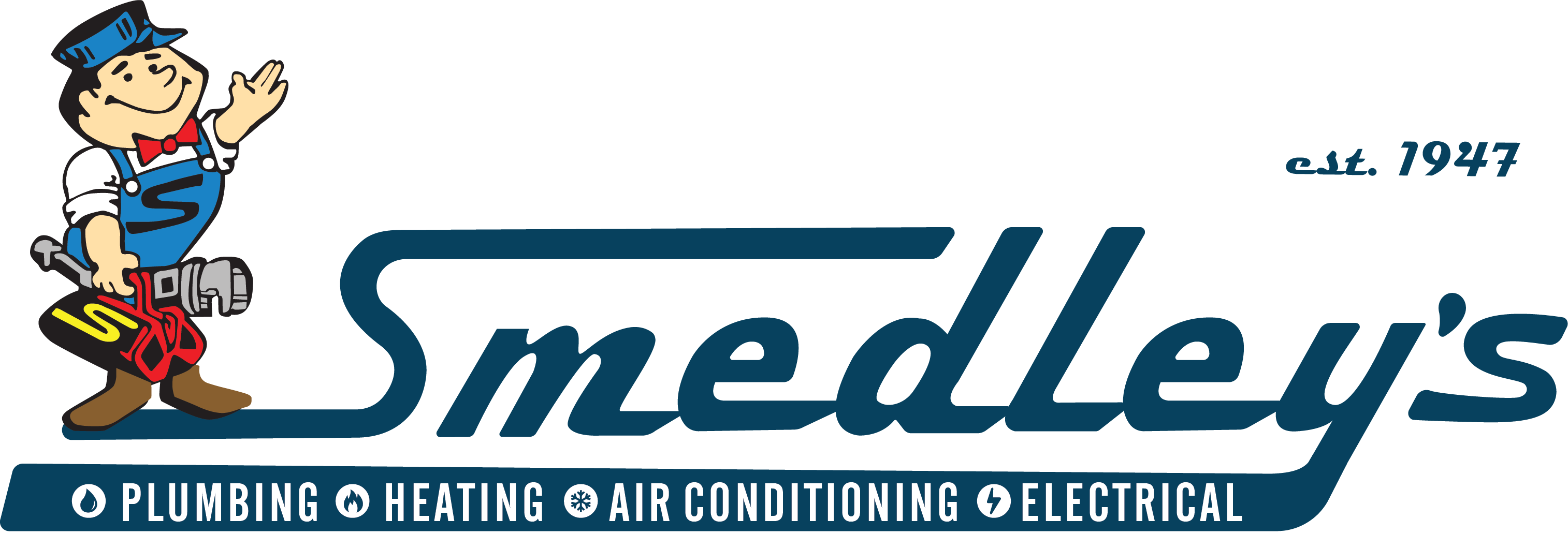Balancing the airflow in a restaurant is a delicate operation. You want your dining room cozy and odor-free, and you want your kitchen to stay clear of smoke, steam, and cooking fumes.
Airflow in your restaurant structure is impacted by the amount of makeup air entering your system. Makeup air is ventilated from outside and is conditioned by your HVAC system. Here are four things to know about inadequate makeup air.
Poor Air Return Can Make Your Dining Room Uncomfortable
You may instantly blame your air conditioning unit, your furnace, or the weather when your dining areas are not comfortable. In fact, a thorough check of your HVAC system is always in order when heating and cooling equipment fails to operate. However, your HVAC system may be fine.
If your air conditioning (or heating) system is working as intended, the filters are clean, and the refrigerant is refreshed, look to the kitchen exhaust fan for airflow issues. Kitchen exhaust fans are designed to pull large quantities of air from hot cooking regions. If an equal amount of air is not returned to your structure, your HVAC system suffers.
When a strong exhaust fan runs a negative pressure develops inside your restaurant if there isn’t enough air being returned to the kitchen area. Because the exhaust hood in your kitchen sucks air out too fast to be replenished, your HVAC equipment doesn’t have enough fresh makeup air to properly send cooled or warmed air to your dining spaces.
Not Enough Makeup Air Causes Mold, Mildew, and Leaking
The routine circulation and exchange of air in a functioning HVAC system are designed to reduce humidity in rooms. Lower moisture levels mean that mold and mildew have fewer opportunities to grow on flooring, walls, and hidden spaces. If mold and mildew are growing in your restaurant, you could have serious air-flow issues.
Adequate airflow through your HVAC system also reduces the chances of condensation forming on susceptible components. If condensation forms in the wrong areas, leaks and drips can cause flooring, ceiling tiles, and furnishings to become damaged.
If you’re facing problems with condensation, HVAC leaks, or mold problems in certain areas of your restaurant, have your HVAC repair professionals check the airflow through the HVAC system. In some cases, a fan belt may be loose or a fan motor needs to be replaced. These simple fixes return makeup air to your system to reduce moisture issues.
Makeup Air Can Come From Several Sources
When your return air system is inadequate, there are a variety of ways to introduce additional makeup air into your kitchen. One method you can use is the transfer-air strategy. Air from the conditioned dining room is ventilated into the kitchen area.
Other methods to return air to the kitchen include:
- Floor and wall displacement diffusers
- Louvered or slotted ceiling diffusers
- Perforated ceiling diffusers
Your hood manufacturer also has integrated air supplies available to supply makeup air to the exhaust fan. However, integrated hood systems are not recommended in areas with certain air-flow patterns and temperature extremes. The velocity of the return air must also be regulated near the hood for effective performance.
Experts recommend that your makeup-air supply is diversified. No more than 60 percent of makeup air should come from a single source. Your HVAC professional can work with you to develop makeup air returns that offer the least amount of disruption to your business.
Proper Makeup Air Helps Keep Customers and Staff Happy
According to OSHA, the ideal working temperature for employee productivity falls between 68 and 76 degrees Fahrenheit. Because kitchens can become much hotter than this range, having good ventilation in the kitchen allows for evaporative cooling as well as optimum exhaust-fan performance.
If your kitchen area remains too hot for staff comfort even with increased return airflow, consider installing zonal cooling for the kitchen. A well-placed window unit or other zonal cooling solution may be the answer to increase the productivity and comfort of kitchen workers.
Proper airflow in your HVAC system also ensures the consistent comfort of your dining rooms. Customers who are too hot or too cold don’t want to stay long in your establishment, while cozy customers will return to enjoy your business in the heat of summer and the bitter cold of winter.
Customer areas should be conditioned within the 68-to-76-degree range noted above, with exceptions made for rooms with drafts or sunny windows. When you need a new HVAC system, ask your heating and cooling professionals about split systems and other methods to condition hard-to-heat or hard-to-cool spaces.
Contact the HVAC professionals at Smedley Service for all of your commercial heating, cooling, and ventilation needs. We offer quality brands, expert repairs, and 24-hour, seven-day-a-week emergency services to businesses throughout the Greater Layton, Utah, region.




